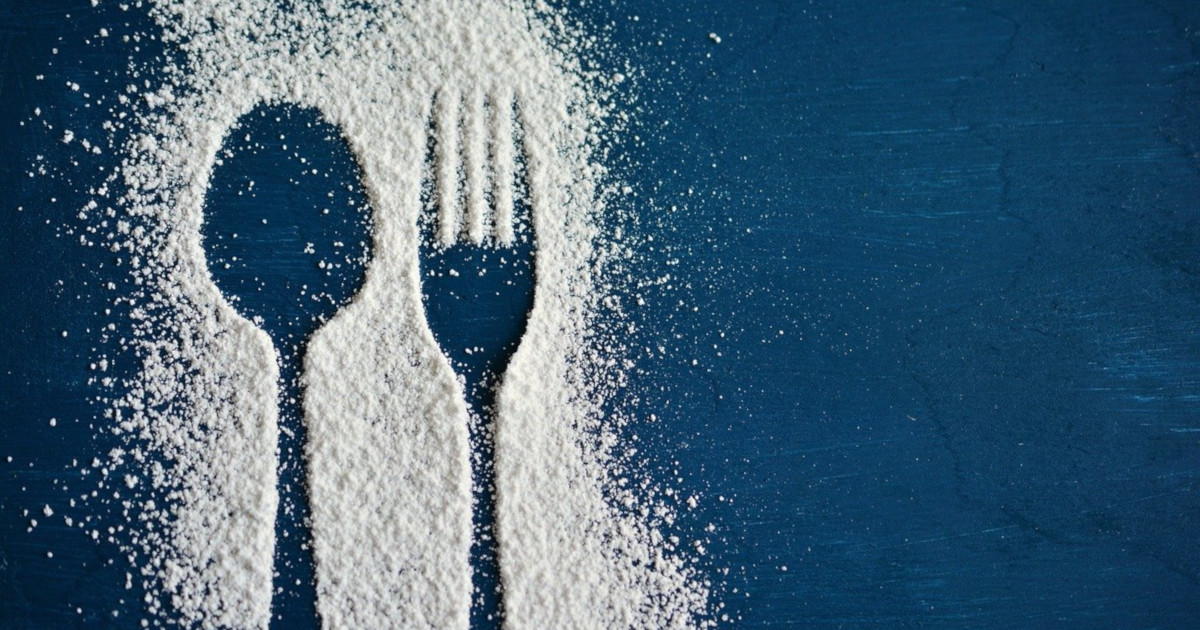
Buyer Beware: GMO Stevia Is Everywhere
Genetically engineered (GE) versions of stevia have received the green light for widespread and unregulated use in food, including Cargill’s “nonartificial stevia,” a GE-derived synthetic biology product designed to mimic components of the real thing. Meanwhile, the U.S. Food and Drug Administration has labeled stevia leaf and crude stevia extracts “unsafe food additives."
December 6, 2019 | Source: Mercola.com | by Dr. Joseph Mercola
Stevia (Stevia rebaudiana), a perennial shrub native to South America, has a long history of use as a natural sweetener for food, medicines and beverages.1 Whole stevia contains a number of substances, including various stevioside compounds, rebaudiosides and glycoside.
Steviol glycosides, including rebaudioside A, rebaudioside D and rebaudioside M (Reb A, Reb D, Reb M respectively), are what provide the sweet taste, with Reb A being the sweetest.2 In its isolated, purified form, Reb A is 250 to 400 times sweeter than sugar.
Despite hundreds of years of safe use of stevia, the U.S. Food and Drug Administration has labeled stevia leaf and crude stevia extracts “unsafe food additives,”3 granting GRAS (generally recognized as safe) status to certain high-purity steviol glycosides only.4
In 2007, Hain Celestial Group Inc., maker of Celestial Seasonings herbal teas, received a warning letter from the FDA saying the stevia used in some of their teas may be dangerous to blood sugar and reproductive, cardiovascular and renal systems.5
If this FDA action strikes you as backward, you’re not alone. More often than not, consuming whole plant products will be safer due to synergistic effects than using a single active ingredient by itself. Many suspect the FDA is protecting the sugar and artificial sweetener industries.
As noted by Rob McCaleb, president and founder of the Herb Research Foundation, “Sweetness is big money. Nobody wants to see something cheap and easy to grow on the market competing with the things they worked so hard to get approved.”6
Beware of Cargill’s Genetically Engineered ‘Stevia’
To this day, FDA considers whole stevia unsafe, while genetically engineered (GE) versions of stevia have received the green light for widespread and unregulated use in food. The FDA issued a GRAS No Objection letter for Cargill’s GE stevia product EverSweet in 2016.7
Even more ridiculous, Cargill’s GE stevia is being marketed as “nonartificial.” As reported by the nonprofit watchdog group U.S. Right to Know (USRTK) November 20, 2019:8
The international food conglomerate Cargill is ramping up commercial-scale production of its genetically engineered sweetener, EverSweet, in a new $50 million production facility that began operating this week in Blair, Nebraska …
Cargill is marketing its new stevia substitute as ‘non-artificial.’ What does that mean? Consumers who click on the link provided in the press release will not get a straight answer.
The web page twists itself into knots trying to describe the new process, which involves genetically engineering yeast to convert sugar molecules into a substance that mimics the taste of stevia, as a ‘centuries old technique’ — without once mentioning genetic engineering or the genetic modified organisms (GMOS) used to make the product.
In short, Cargill’s “nonartificial stevia” isn’t even derived from actual stevia. It’s a GE-derived synthetic biology product designed to mimic components of the real thing.9 While “inspired” by real stevia, EverSweet’s Reb M and Reb D components are made through GE yeast fermentation. Can it get any more artificial than that? As reported by Star Tribune:10
A decade ago, Cargill partnered with the University of Munich and Swiss biotech company Evolva to map the stevia leaf’s molecular biology. The team found that when Reb M and Reb D were combined, it produced the same sweetness but without the Reb A molecule that can give pure stevia products a bitter aftertaste.
But Reb M and Reb D are found in less than 1% of each stevia leaf and Cargill said it could never grow enough to make leaf extraction feasible without degrading the land … The process adds a GMO yeast to a fermentation tank where it helps convert simple sugars into Reb M and Reb D.
Subterfuge and Misleading Marketing
In recent years, awareness of the potential hazards of GMOs have skyrocketed, and Americans have fought hard for transparency in labeling. More and more people are also demanding fresh, natural, unadulterated or minimally processed foods.
Not only did Americans not get clear and proper GMO labeling, companies like Cargill are taking the subterfuge even further by using vague descriptors such as “fermentation derived” and “nature identical” to describe what’s in reality an artificially lab-created substance.
A key take-home message from all of this is that if you want a stevia-based sweetener that is actually made from the plant, opposed to GE yeast, you have to make sure it’s certified organic or has been non-GMO verified.
Cargill also promotes its synthetic, GE-derived stevia as “sustainable,” which is yet another grossly misleading PR ploy. As noted by USRTK, Cargill provides no data to support its sustainability claims.
What’s already apparent is that lab-grown synthetic biology compounds are causing severe economic damage to indigenous farmers. As reported by Huffpost in 2017, “Farmers in Paraguay and Kenya, for example, depend on stevia crops.”11
